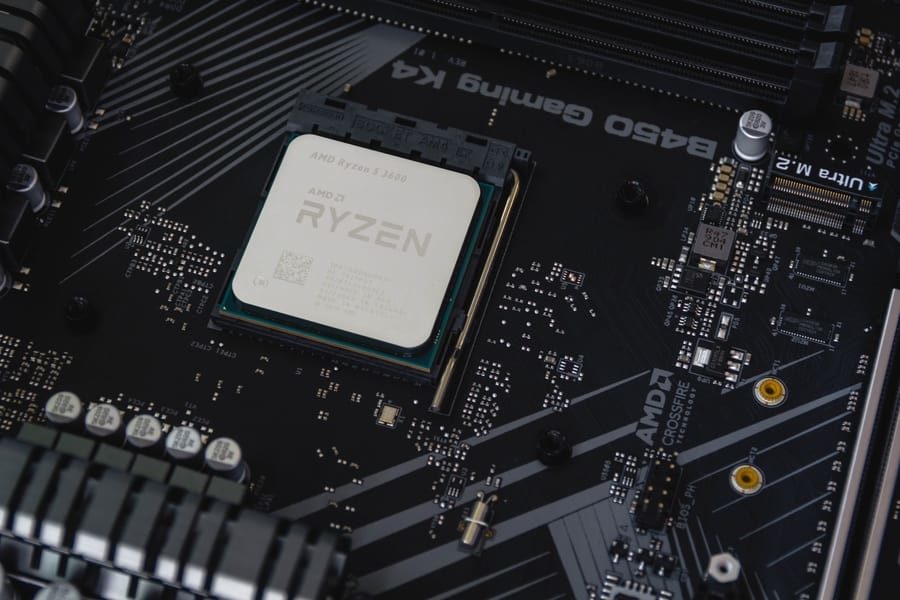
Just a few months ago, everything indicated that the crisis triggered by chip shortage would begin to loosen sometime in 2022. But then voices began to be heard postponing it to 2023, and now it seems that the outlook is even worse, because it is not known when it will end. What is clear is that those who dated the end of the problem in 2022 were too optimistic. Brandon Kulik, Head of the Semiconductor Industry at Deloitte, is convinced of this, and has told Ars Technica: «the shortage will continue indefinitely. That may not mean that it will last 10 years, but of course we are not talking about quarters, but years«.
As is often the case with complicated problems, the causes of chip shortages are varied, and none of them have a simple solution. On the one hand, people continue to buy mobiles, tablets and laptops, and they continue to use services that draw a lot from the Internet connection, such as video streaming or video conferencing, which increases the use of data centers. Its demand continues to rise, and it does so in all markets.
This climb has collided head-on with a variety of supply shortages. Not long ago, existing problems have been compounded by the fact that substrates used for the development of printed circuit boards have become scarce. Compared to advanced chips, yes, these boards are simple to manufacture and relatively low-margin. Most chip companies don’t make the ones they use, but without them, semiconductors can’t communicate with other chips in a computer. But the companies that manufacture the plates do not get many benefits from it to be able to reinvest it in expanding production, which does not allow the sector to get out of the quagmire.
A fire in a large substrate plant in July 2020 also took an important supply source out of the loop. As a result, the manufacturing capacity of these plates is expected to continue to lag behind demand in the coming years. And the problem has grown to such an extent that the Intel CEO Pat Gelsinger, has referenced him in his most recent videoconference of results.
Even the world’s richest chipmakers are struggling with chip shortages, farther from being able to keep up with demand. New factories that have announced a lot will take years to build and optimize, and companies are reluctant to invest if they believe demand problems will be temporary. As long as demand remains high, it is unclear whether the problems will continue when the pandemic is over or not.
Companies are more open to investing in a new plant if there is a good chance that it will be down 70% of the time. The uncertainty, therefore, damages its construction. Factories require extremely heavy investments, and if they are only operating at 60% to 70% of their capacity, chances are high that the company that owns it is losing money. The latest generation can cost between 5 and 10 billion dollars, much more than what they cost 10 or 20 years ago.
Despite the costs, many manufacturers are gradually adding manufacturing capacity with new buildings in their facilities, according to Kulik, and there are also larger projects underway. So much Intel What Samsung or TSMC they have announced the construction of more factories in recent months, although they will take years to be ready. This is due not only to the infrastructure, but to the needs of these power and water plants.
In addition, factories need staff and right now there is a fairly notable talent shortage. Universities, companies and vocational training centers are working to expand the pool of highly educated and skilled workers, but their solutions will also take time to arrive. These problems are also joined by others that range from fires in factories to delayed delivery of orders and shipments.
Also influenced by the blackout in Texas last February due to extremely cold weather, which wiped out half the state’s power generating capacity and reduced the component manufacturing capacity of Samsung’s Austin plant. And of course, the COVID-19 outbreaks in some countries, which still continue to occur and in recent months have had to close some factories, for example, in Malaysia.
All of this has led to a lengthening of delivery times. At the end of last year, delivering a typical order took about 13 weeks. Now it takes almost 22 weeks. Buyers don’t help either. On the one hand, because before the pandemic many manufacturers had embraced the lean manufacturing system, with which companies have very little inventory of components. But now, companies are placing more orders and raising their inventory in hopes of not running out of the chips they need. In short, we are facing a very complex problem with many complicated solution edges, which can take several years to solve.



